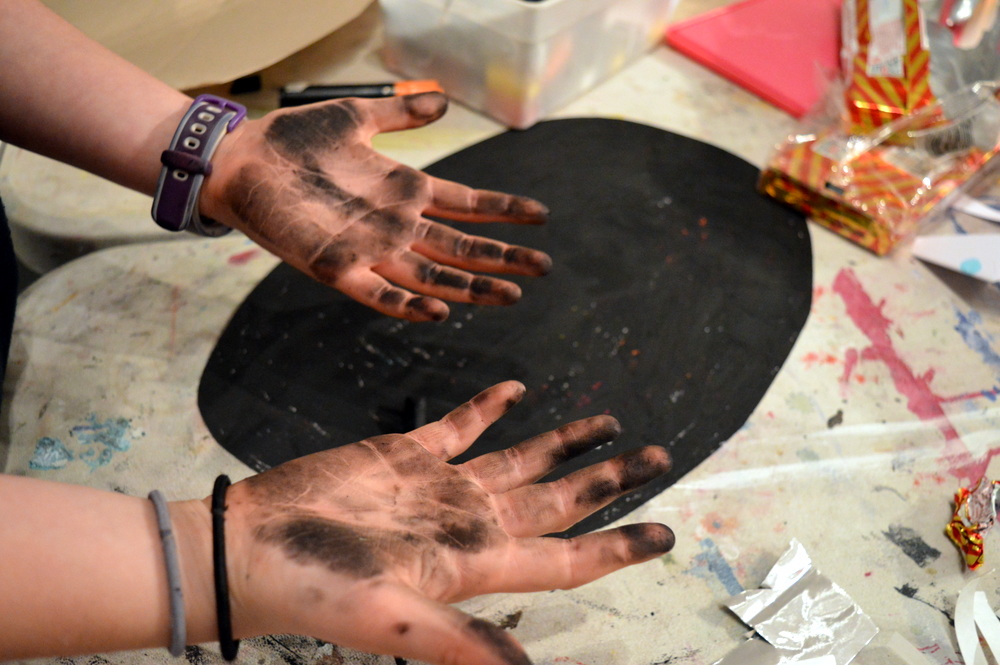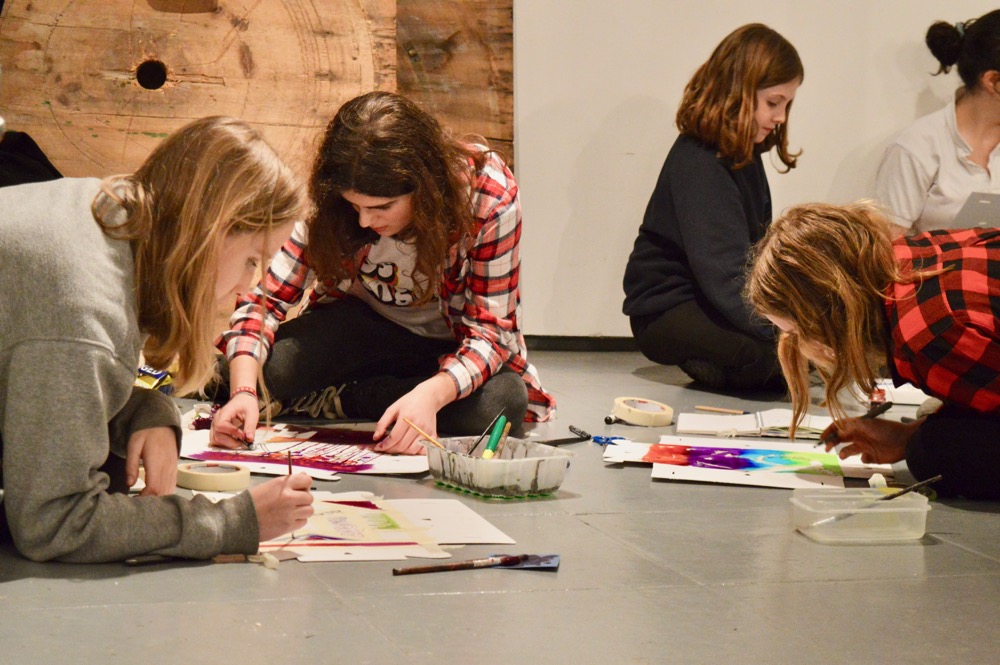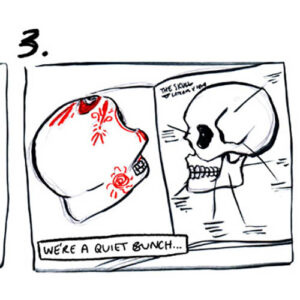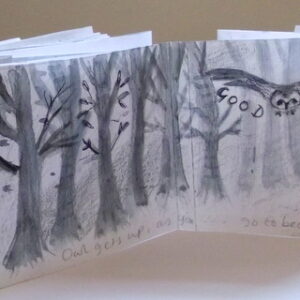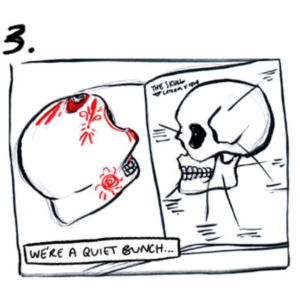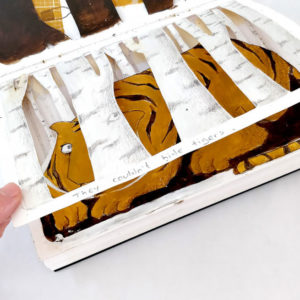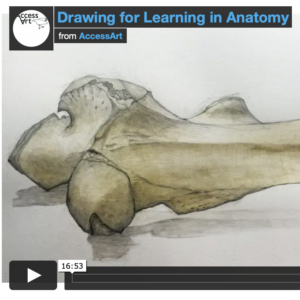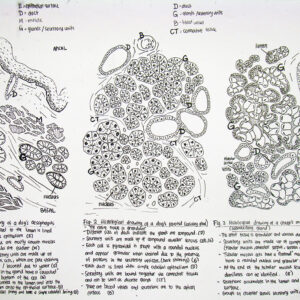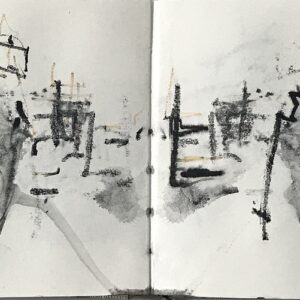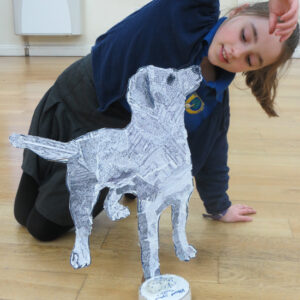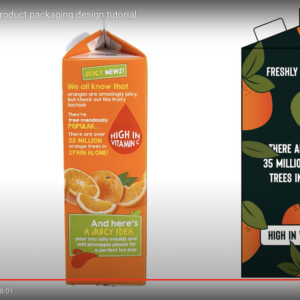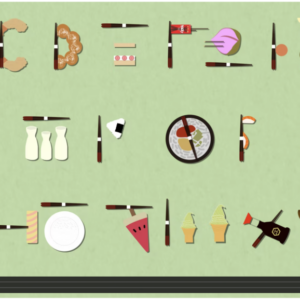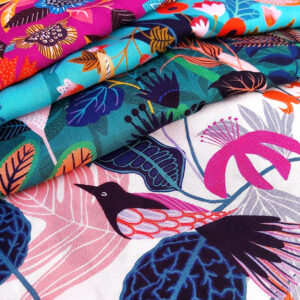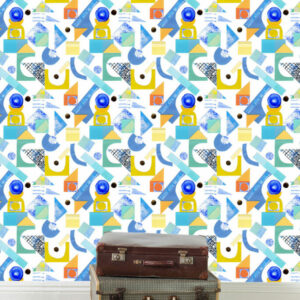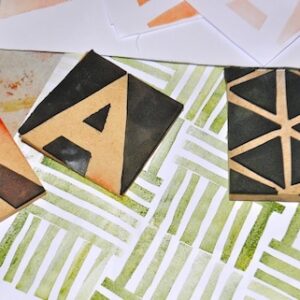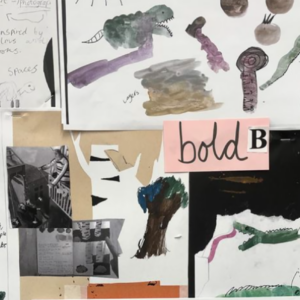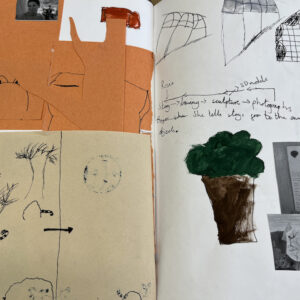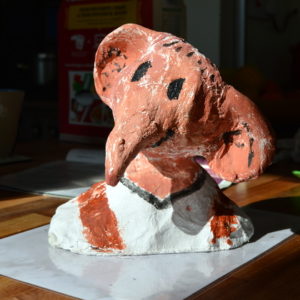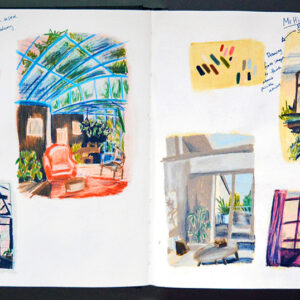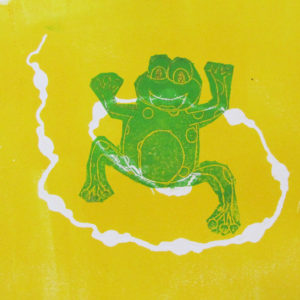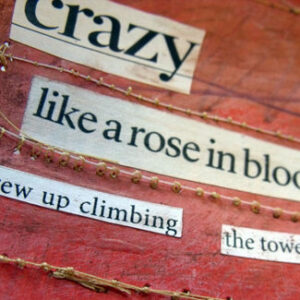In the series ‘How Artists Use Their Sketchbooks’, we are celebrating the different ways in which artists use their sketchbooks, spanning across a range of disciplines, to open up minds as to what a sketchbook is and can be, from the perspective of practicing artists.
In this video, illustrator Alice Bowsher shares with us how she uses sketchbooks in a professional capacity, to take notes, write timelines, and generate ideas, as well as also for her own personal practice, as a space to experiment.
Log in below as a member to watch the full video.
To access all content, I would like to join as…
AccessArt is a UK Charity and we believe everyone has the right to be creative. AccessArt provides inspiration to help us all reach our creative potential.
